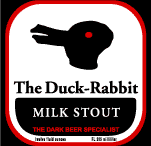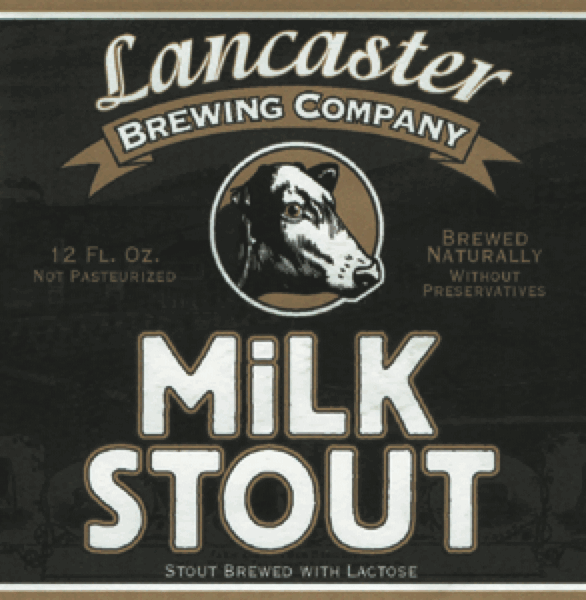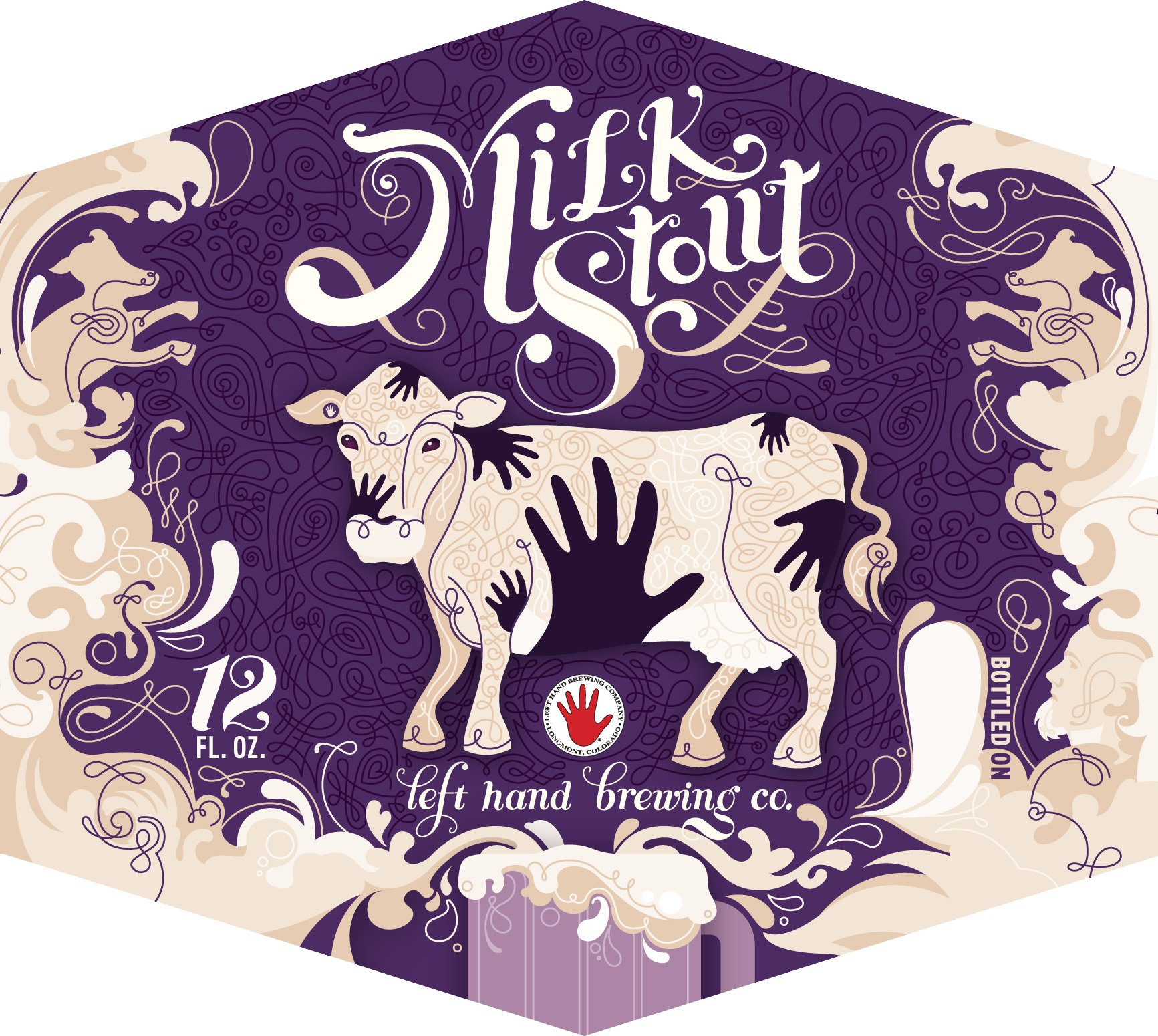The lineup of beer styles available today is quite impressive, but the lines between them are often blurry. The difference between porters and stouts might only be a matter of brewer’s discretion. These two form a virtual continuum, the minor differences barely justification for designating them one style, or sub-style, versus another. Avid beer fans love to debate such things, but with milk stout there is no such debate. The style can mean only one thing, that there has been an addition of sweet and unfermentable lactose. Milk stout is a mere century old, though much longer in the making. It’s a revolutionary, popular invention and cunning solution to a quandary. Its brewers capitalized on the shifting tastes of their patrons, who were tiring of aged beer and demanding more fresh beer, and usurped the long-popular porter, England’s 19th century stalwart. Milk stout was actually influenced more by a preference for mild ale rather than one for black beers. Today’s milk stouts, or mild ales, are essentially the same as their early 20th century ancestors, quietly stamping their mark in a quest for less extreme, yet satisfying brews.
Stout is a descendent of porter, the beer that appeared in London around 1718 as a counterpunch to sweet brown ales and fancy, hoppy pale beers. It was named for its loyal consumers, street and river porters of the busy mercantile culture. Porter differed from common sweet brown ales in its dry, aged character and full dosage of hops. Unlike regal pale ales, it was made with rougher, cheaper dark malt. Porter brewing kicked into gear a colossal industrial brewing revolution in England that saw London’s brew barons dominate the market, at home and abroad, for more than 100 years. Porter, though, was not a single style of beer. There were plain porter, stout porter, brown stout and double stout, among other terms. Stout (strong) porters eventually became known simply as stout, and regional characteristics further delineated the style. Still, porter and stout were essentially made from the same pool of ingredients, as they often are today.
Porter dominated the second half of the 18th century and much of the first half of the 19th century, though mild and old ales were available in pubs. Both were lightly hopped, contrasting with porters, stouts and the emerging pale and India pale ales. Brewers became adept at tailoring recipes with new, cleaner base and specialty malts. An understanding of microbiology and fermentation was also eliminating some of the ubiquitous stale character. Modern styles began taking shape by the end of the 19th century, offering unprecedented consumer choice. These options, their novelty and perhaps a stodgy image of porter and stout favored the rise of fresher, sweeter ales and hoppy pale and bitter beers. Mild ale, poised to topple the mighty porter, was sent out only a week or two after brewing. Mild was a general term denoting freshness (and sweetness by default) that could be applied to any rudimentary style. There were mild stouts, mild porters and mild bitters. By offering auxiliary versions of base brews, brewers astutely broadened their market appeal. Mild stout and porter gave impetus to the notion of milk stout, since any type of mild would eventually become stale and dry. Was it possible to brew a beer that would be forever mild, yet remain real and alive in the cask?
By the late 19th century, stout and porter had been battling upstart brews for some time. The development of milk stout became necessary as a means to survive for the former porter brewers, just as many of them had added ales to their portfolio years before. Mild porters and stouts were touted as nutritious to swarms of laborers in English cities, the vast majority of the beer and ale-swilling public. The idea of milk stout was proposed in 1875 by John Henry Johnson of Lincoln’s Inn Fields, who envisioned such a nutritive beer. He obtained a patent on this idea, which had not yet come to fruition, by proposing a milk beer made with barley, hops, lactose (a byproduct of cheese making) and whey. Though Johnson never saw his dream realized, the idea was taken up by others who saw its potential. In 1907, a lactose stout was brewed by Mackeson of Hythe, Kent, and sent to market in 1910, with the claim that “each pint contains the energizing carbohydrates of ten ounces of dairy milk.” Some patent infringement squabbles arose, but Mackeson licensed the beer-making to others, and within a few years, a dozen or more milk stouts were being brewed. Mackeson in 1929 became the property of Whitbread, which brought Mackeson’s Milk Stout brand to great prominence within a few years.













